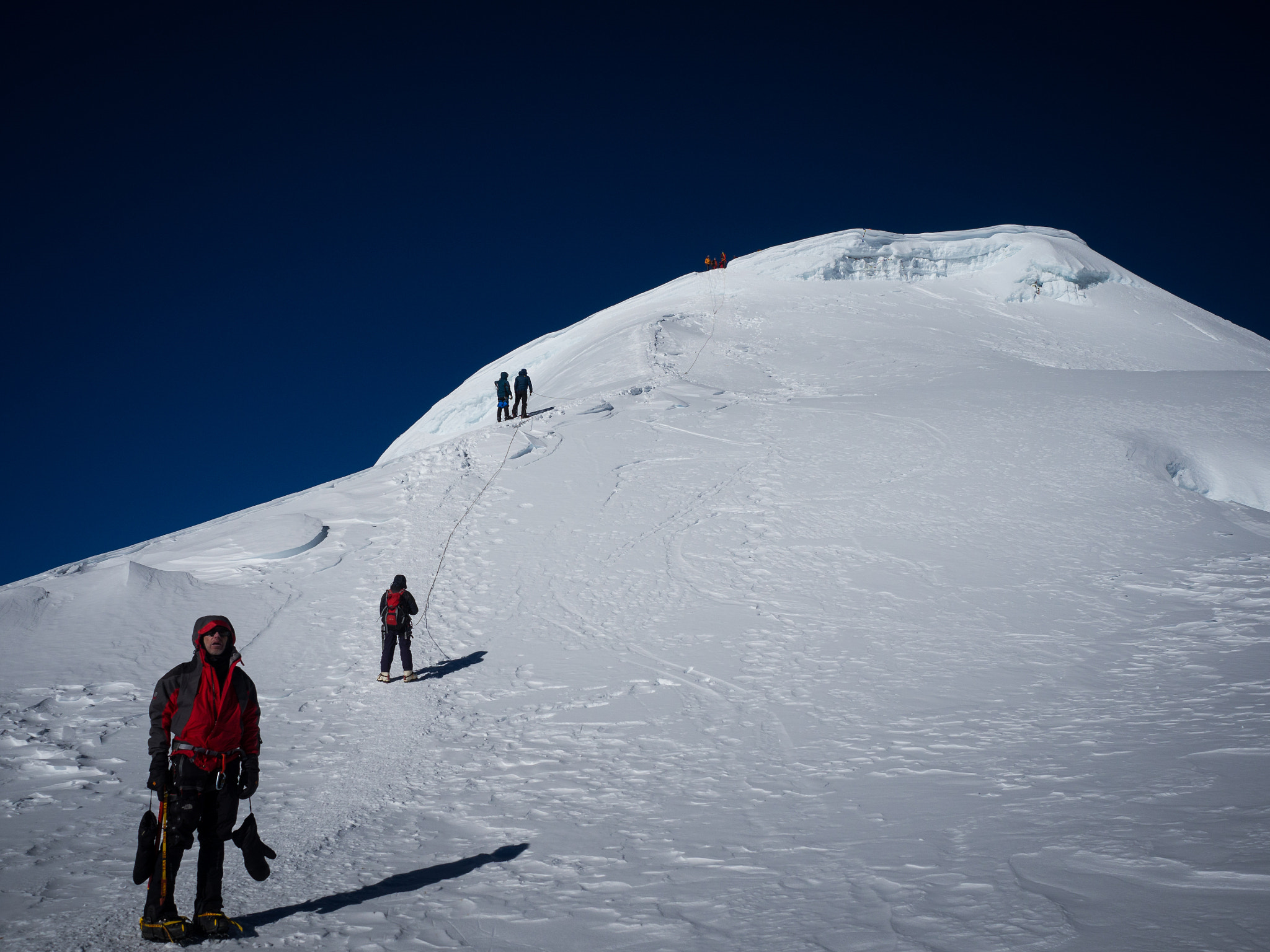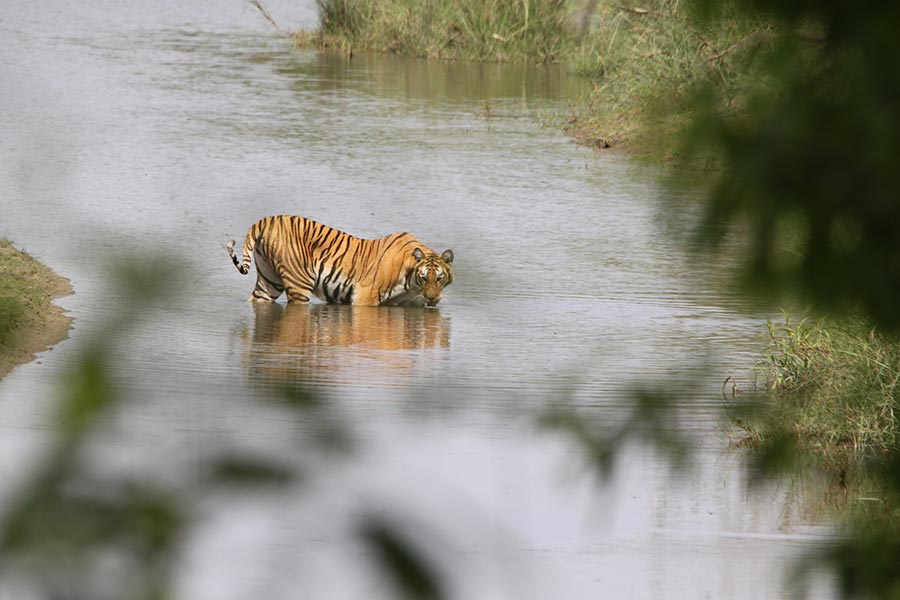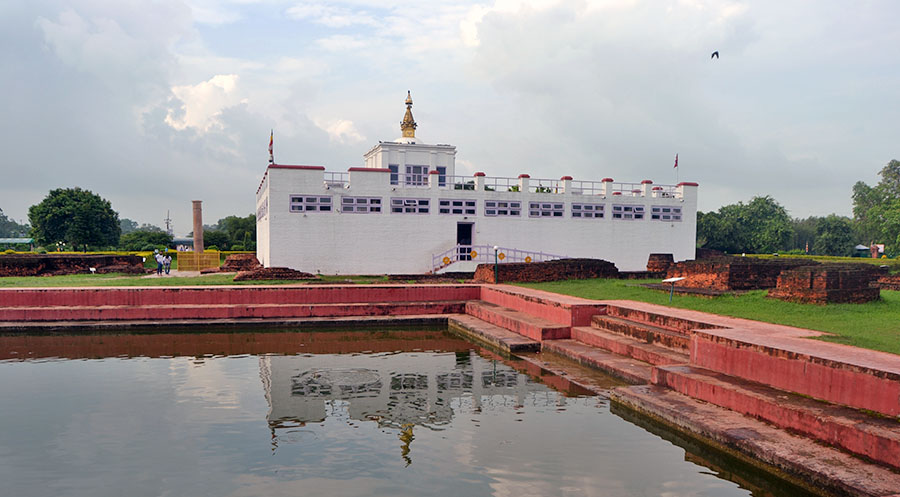- Viber / WhatsApp +44 7456906670
- Email Us info@orientaltreks.com
- Tourism License No. 2044/2072
Frequently Asked Questions for Nepal Trekking / Touring Nepal
Are you planning to go trekking in Nepal? Definitely, you may have compiled a lot of questions to ask about the trekking/hiking/tour in the Himalayas of Nepal and the country in general. As we have been involved and experienced for a long time for organizing trekking and tours in the Himalayas. We are confident that it worth sharing with you. Most of the questions are common and frequently asked by the first time traveler.
Nepal faced Moist-Government violence for 10 Years. The Maoist Insurgency or the Maoist Revolution was a civil war from 1996 to 2006. After the peace process, the political agreement between the political parties agreed to announce the country as the Federal Republic. Then the Kingship is abolished, now the country is a federal republic country, and the politics of Nepal function within a multi-party system. Being a politically stable, it is perfectly safe to travel. People in Nepal respect and honor tourists as a guest and they believe “Guests are God.”
Despite the size in the world map, Nepal is rich in weather variation. It has a huge geographical variation between 60meter to 8848 meters high from the sea level. Climatic conditions vary according to the geographical regions. The southern plains are warmer whereas the northern area is colder due to the high Himalayas. Summer is hotter with moderate rainfall during the monsoon season. The temperature may fall below zero degrees Celsius mostly in winter seasons: December, January, and February. The temperature ranges from 15-32 degrees celsius during summer whereas the winter experiences -1 degree celsius in the high hills. The mountain areas, mountain base camp are sometimes inaccessible due to heavy snowfall and low temperatures. Always check the weather forecast and choose a favorable time to experience the best for the trek.
Travelers can visit Nepal around the year. Nepal is all seasons destination. Autumn (Sept-Nov) and Spring (March-May) are the best seasons for all tourism activities in Nepal like trekking, tour, and mountaineering. The clear skies and moderate temperatures are the favorable aspects of tourism activities during the seasons.
However, some activities are difficult to conduct during the monsoon and winter. Jun-August is the rainy month in Nepal. Since the major National parks of Nepal lie in the lower plains of Terai, the wildlife tour, and Jungle Safaris are difficult during the season. Travelers can trek to the rainshadow area beyond the Himalayas for the best experience during monsoon. The treks to Upper Mustang, Manang, and Upper Dolpo are perfect activities during the season.
Furthermore, cultural tours are suitable all around the year. Except for the high altitude treks and expeditions, travelers can go for cultural tours, day tours, and easy and short hikes during winter.
The average walking pace ranges between 1-2 km per hour while trekking. Trekkers will be walking six to seven hours walking is an average. This covers 10 to 12 km distance. While trekking above 3000m, the pace becomes slower at the high altitude. It covers only 7 to 9 km in a day. Oriental Journeys have customizable itineraries for travelers comfort.
Our minimum preferable group size is two. However, solo travelers can book a trip. Since our experienced guides accompany each group. We assure the safe journey of solo travelers with us. The fixed departure tours may contain up to 10 persons in a group. We run all the family tours as a private trip.
Oriental Journeys fully operates the tours. It provides logistics and transportation. The visitor can ask or write to us prior to their trip for an extra arrangement. We use standard accommodation services, and reliable transport in a professional way. The services will be available as per the needs of visitors/clients. However, we advise the visitors to book the international flight on their own. Leave a message for any extra service.
The human body responds differently with the gain in altitude. Some responses are threatening and need quick attention. The altitude-related health problem is often observed during the high altitude trekking. The sickness is also called Acute Mountain Sickness. It is a physical condition of the people who are likely to suffer when they are going to the higher altitudes.
Generally, it occurs at an altitude of 2200m and above. There is a chance that the more you go higher altitude, the less oxygen and air pressure you have. High altitude sickness occurs when one is gaining heights quickly in the mountains and not paying essential attention to body response.
The high altitude sickness symptoms include headache, breathlessness, fatigue, dizziness, and sleep depravity. If you provide the proper attention to your body response, it does no harm, but if not it could be fatal in extreme cases.
The precaution for preventing yourself from suffering is to acclimatize with weather and altitude, ascend the heights gradually, drink plenty of water and take the advice of guides as per the need. In order to reduce the chances of high altitude sickness, all the trekkers are advised not to trek more than 600m in one day. It is important to know that if you are suffering from high altitude sickness and if you are not recovered after rest, you should descend to a lower altitude immediately.
Comfortable clothes, extra pairs, suitable backpack are essential for trek beside the must carry gears. You can store the extra thing in Kathmandu to use before and after the trek. Additionally, you can carry your own sleeping bags, torchlight, walking sticks, or camps as you wish. But if you do not bring, we can hire the stuff to be used during the trekking. Check our link for the necessary equipment.
You can hire all kinds of trekking gears in Kathmandu. Either you buy the stuff in well-branded shops or hire it for the use. This include sleeping bags, tents, walking sticks mattress, torch lights, shoes, down jackets, etc.
The trekking permits are the essential things to have for hiking. TIMS is necessary to enter every trekking area. In addition to this, National Park or conservation entry permits from respective authority are essential documents to be presented in the check post before the trek.
The controlled/restricted area of some mountain destinations require special permits to trek.
The cities and town areas have more internet and communication facilities compared to the remote area. Especially the trailheads have a good connection for the internet. The lodges in the trekking trails provide wifi service. But it is limited in some areas.
Basically, the two telecommunication networks are available; Nepal Telecom and NCell. They sell tourist SIM and data in a package. You can have one for the 3G/4G network. However, they are not equally reliable in all the points of trekking trails.
The internet facilities are easily available in all trekking routes such as Mt Everest, Mt. Annapurna, and Mt. Langtang. However, there are some remote trekking destinations that may not have internet facilities and this destination includes Kanchenjunga, Makalu, and Dolpo.
The food menu include limited meals to serve during the trekking. Nepali menu, continental and Asian foods are available to order. The trekking trails serve a variety of dumplings (Mo: Mo), noodles, pasta, bread, egg, potato, pizza, etc. Nepali Dal Bhat with vegetable curry is an all-time meal in every part of the country. The popular classical trails like Everest, Langtang and Annapurna have modern bakery shops which deliver fresh bakery items to every lodges in the trail. Whereas, the off the beaten trekking trails of Dolpo, Kanchenjunga, and Manaslu have limited food option.
We claim, Nepal is one of the safest travel destinations in the world. But, some women warn that groping is a big problem. The crowds on the streets can see how local men get away with it. However, traveling with standard precautions seemed to be adequate. You won’t avoid travel to Nepal for safety issues.
Aware about the altitude sickness and food/water safety while trekking/traveling in Nepal.
Despite some easy hiking destinations, trekking in Nepal includes tour at high altitudes. High Altitude related sickness can be a real concern for trekkers. Although the cities like Kathmandu and Pokhara locates at reasonable altitude.
The mountain trails go from moderate to challenging altitude causing a high risk of altitude sickness. The short trek to Ghorepani and Poon hill rarely give you such risk. Slow ascent, adequate liquid intake, a proper acclimatization helps to adapt with changing altitude related issues.
Mild symptoms can include headaches and fatigue, but in severe cases, altitude sickness can lead to death.
Like in many parts of the world, tap water is not safe for consumption and food preparation practices are held at a lower standard if you go to the local areas. Sanitation is certainly not what you’re used to at home and different bacteria can, unfortunately, make you ill. Some tourists say they ate to their heart’s delight at local restaurants, family kitchens, street carts, and from farm stands and never had a problem. But you can avoid to go local area, use a water purifier for drinking water. If it looks and smells fresh and you can see how they’re preparing your meal, you’re likely okay.
You can use cards or cash to pay in the cities. Whereas the trekking areas and most of the local shops do not have a digital payment system. Cash is the best and easiest way to pay during the trek. The monument sites, attractions, and restaurants use cash only.
Even paying with credit cards requires a 4% surcharge for the privilege. Keep the small changes (not coins) for easy transaction.
Nepal experiences moderate weather conditions. Supposedly the best weather of the year comes post-monsoon or roughly mid-September through December. However, even in late October and early November, the weather is often rainy and hazy. You should make the trip in any season other than this “best” part of the year. Other than the summer monsoon, most weather variations are based on altitude. It is quite cold in Kathmandu during January – February. At higher elevations, it will be cold at night and need to layer up significantly because the temperatures fall to freezing.
Nepali people are most probably the world’s friendliest people. Namaste is a formal first greetings to anybody you pass by. Present yourself with a smile even you see somebody for the first time. The local people love to share stories and news over lunch. Feel comfortable in navigating, questioning about their culture and crafts. Local shopkeepers are very rarely pushy with sales.
The staff and workers love to share the fascinating stories and humorous moments. You will have numerous moments to laugh with.
All the tourism-related workforce understand English. The guides, hotel and restaurant owners and staff speak English. If you need it, you have to demand for extra language speaking guide. The trekking guides may use limited vocabulary for communication.
Whereas the cultural guides are good enough in speaking English or their related language. People appreciate it when you make an effort to greet and thank them in Nepali “Dhanyabad” to receive anything from them, service, or things. Start with Namaste at the first meeting and while seeing off.
The mountain sector of domestic flights allows 5 kg. for carry-on and 10 kg. for checked-in luggage. Whereas the non-mountain sector flights allow to 20-25 kg for checked in luggage.
The mountain trekking trips either starts at Kathmandu or Pokhara. The hotels in Kathmandu and Pokhara provide storage space for extra luggage. Leave your additional luggage at the hotel. It is totally safe to store in hotels.
Choose comfortable trekking boots which is broken in too. Prepare yourself for various conditions like high passes, windy, and walking over the fresh snow. Carry a pair of gaiters to ensure dryness of trekking boots. Ensure the warmth, strength, and durability of your shoes. Chunky sole, preferably made of Vibram or some other durable materials. It should also protect your ankles. The choice of style and materials depend on you.
Tipping is not mandatory and fixed but is expected. It really depends on your satisfaction with the provided service. Almost all the travelers (both for trekking and cultural tours), provide a tip to the guide, porters, and drivers at the end of your service with them. See our tipping guide.
We request to follow your country’s vaccine guidelines. Take one or two vaccines prior to your Nepal trip for common diseases like Japanese encephalitis. Eat properly cooked food, avoided street foods especially meat items. Use only the reputed brand of bottled water. Soft drinks like Coke, Pepsi are fine to drink. Avoid Fast foods and salads. If you are planning to travel during the period of June to September there is a chance to caught by Cholera. But this will not be a big problem if you will follow our advice like not drinking contaminated water like tap water and avoiding uncooked food. Try to be vegetarian during the trip.
Use the hand sanitizers, wear a mask in crowds, and walking through the streets. The roads might be dusty during the summer season. Many private clinics and hospitals are open during the day. Drug stores near the big hospital regions are open 24 hours (Bir Hospital, Teaching Hospital, Patan Hospital, etc). Of course, the other rules apply; a) Quit smoking! b) Drink (alcohol) less.
Your length of stay in Nepal depends on the activity you choose to experience.
The trekking packages vary from 4-24 Days. The adventure journeys, peak climbing and mountaineering may take longer than a month of time. To get into the Himalaya on a multi-day trek, you need to plan at least 10 days to have enough time to reach higher altitudes and safely acclimatize. To undertake one of the longer, classic treks in Nepal or to combine multiple regions and activities into one visit, 14-24 days is the ideal duration.
If you’re mainly looking to experience Nepal’s cultural and natural highlights, you can have a great experience in 5-7 days, where you can visit three regions (likely, Chitwan, Pokhara and Kathmandu). Chitwan National Park is UNESCO Heritage-listed Natural Site, Pokhara showers with natural beauty whereas Kathmandu preserves the greater essence of heritage, architecture, culture, archaeology, and history.
One of the reasons people love Nepal is cultural and social harmony. Hinduism and Buddhism are so closely and peacefully intertwined in Nepal. While the rest of the world is busy fighting for their religion, Nepal is open and accepting of others’ beliefs. You may learn a lot from Nepal!
It is our highest priority to adhere to the timetable you agreed to. However, we may be forced to make small changes due to local trails or weather conditions. The itinerary may potentially alter greatly based on our team members’ acclimation rates. Because the adventure, especially at high altitude, takes you into the uncharted areas above the timberline, we may ask you to be as flexible as possible if and when it is necessary for the safety of your journey and your life.



